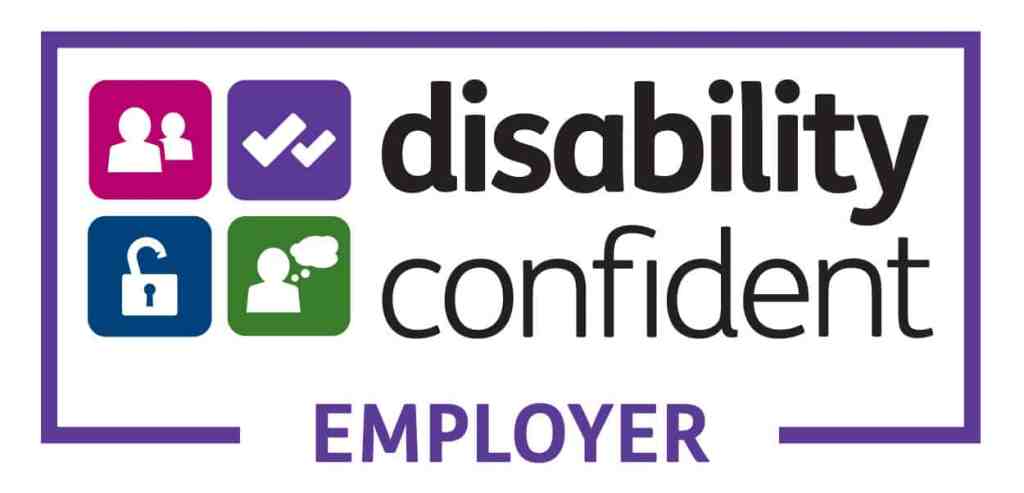Agile. Scrum. Sprints. Retro’s. Time-boxes… When I first joined Nimble all I could see were question marks when phrases like these were thrown around.
Then there was walking into an office and finding myself surrounded by post-it notes, Fibonacci sequences, and all the biros had been replaced with Sharpies. I’m not even sure I really knew what a Sharpie was before now, other than maybe a more affectionate term for a fork…
It was all new, overwhelming and, I’ll be honest, initially it seemed to be creating more work than keeping things lean. I started questioning it…What’s wrong with just keeping a personal to-do list and working through it? As long as I can keep track of what I’m doing, I can just tell people where I’m up to surely? I can prioritise my own workload, don’t these people trust me to work on my own?
My first experience of a Scrum
I was, of course, wrong..
From my first Daily Scrum, I could see the benefits. Understanding what other people had been doing, what was complete and what was still in process helped me understand my own task list, and how I could prioritise my workload to better support my team. Discussing certain tasks that were ‘blocked’ helped us all understand why certain things weren’t moving forward, and allowed an opportunity for removing blockers where possible. It really felt like we were all collaborators, and contributing in our own way to keeping the work and the services we offer moving. In just 15 minutes. Who knew?!
Sprint planning
Then there was Sprint planning. An opportunity to unload everything that needs doing next from your brain and on to a physical board. You then have the opportunity to discuss with your team what you collectively believe to be the most valuable tasks in priority order. Or prioritising your backlog, as some might say. Not only have you got a clearer picture of what needs doing when, but you can visualise and fully understand what the rest of your team is doing, how busy they are, and the impact your work may be having on others. It’s essentially a communication exercise. It allows for full transparency, so whilst traditional team members would be working on their own list, known only to them, and only flagging any problems at a fortnightly meeting, an Agile team is constantly collaborating to produce one visible ‘to-do’ list, with agreed tasks assigned to different people that constantly moves and evolves as they work together.
When it came to the idea of a Sprint Retrospective, I won’t lie, I panicked. Do they actually want me to talk about things I did badly openly in front of the rest of the team? I’ll get my coat…
But it wasn’t a stone-throwing exercise. No blame game in sight. It was both an analysis and a celebration of what we achieved and the things that went well. It was a look at the ways we work, and what we should continue doing as a team to keep up the tempo and add value. And yes it was a look at what went wrong, but only in a constructive way. Why did it go wrong this time? What could we do as a team to make sure it goes more smoothly next time? Accountability, yes. Finger-pointing, no. Ways of working are improved, lessons are learned, and the team as a whole can evolve, working more effectively and efficiently each time.
I’m a convert to Agile
Can you tell I’m a convert? These are only a few examples of using the Agile mindset to enhance the way a team works, but as someone who clung to their Paperchase notebook and the thrill of marking things off with a big red tick for a really long time, I now couldn’t imagine working any differently. New ways of working can be daunting, and it can be easy to dismiss them as a fad or gimmick, but when it genuinely improves the way you function as a team… Why wouldn’t you?
















